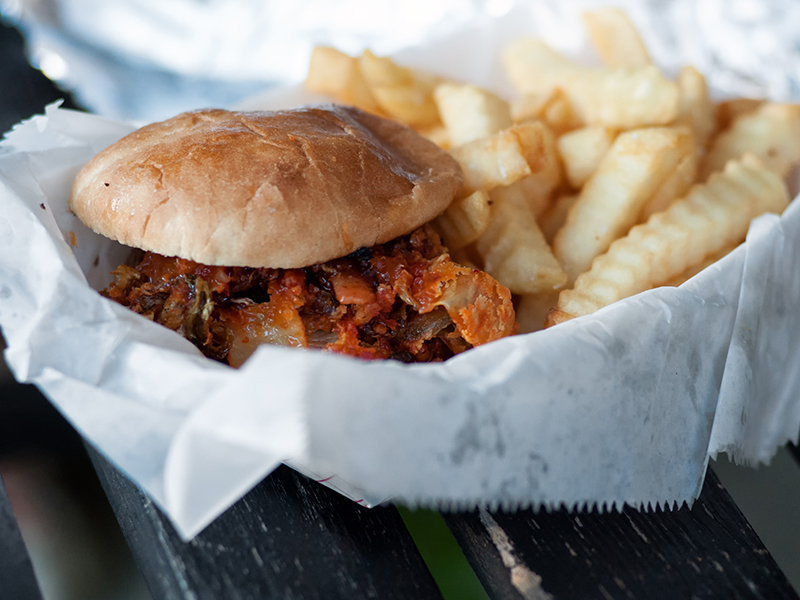
Food wraps and liners like this may contain toxic PFAS chemicals to make them resistant to grease.
Consumers in Washington may soon see safer food packaging We've just published a report identifying alternatives with fewer toxic chemicals. The assessment — focused on making food packaging safer for Washingtonians — looks for safer options to replace per- and polyfluoroalkyl substances (PFAS) in food packaging.
Alternatives for four types of packaging
Studies show that many consumer products and product packaging contain toxic chemicals that can escape the product and contaminate food, ultimately exposing people to these toxic chemicals. The states of New York and Maine passed similar restrictions on PFAS in food packaging, and 11 other states are introducing legislation to eliminate PFAS in food contact materials in 2021.
Our report to the Legislature identified non-PFAS alternatives for wraps and liners, plates, food boats, and pizza boxes. The findings begin a two-year timeline that will restrict PFAS in these four types of food packaging beginning in early 2023. Removing PFAS from food packaging will make what people eat safer and make the environment healthier.
To reach that goal, the alternatives assessment process looked for replacement chemicals or changes in design that can eliminate the need for a toxic chemical. The alternatives must:
- Be safer than PFAS;
- Work in the product as well or better than PFAS;
- Be available for purchase to general consumers; and
- Be cost comparable to the PFAS option.
With this assessment complete, we're continuing to work on assessments of alternatives to find safer options for six other food packaging types being considered. To learn more about the alternatives assessment process or to get involved with the next assessment, visit our PFAS in Food Packaging AA website.

